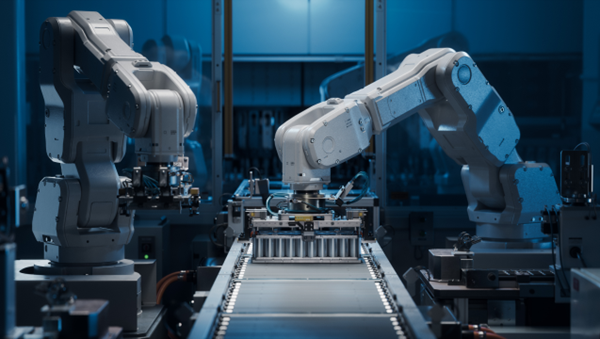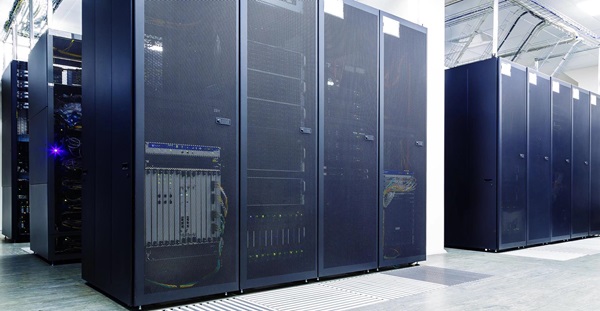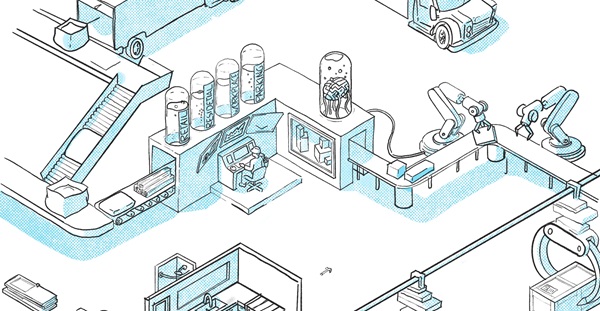Richard Casey, Program Development Group Operations Director, provides insights into what shaped the semiconductor industry in 2024.
2024 was a rollercoaster year in the semiconductor industry, full of ups and downs, as well as huge buzz around the U.S. CHIPS Act and the EU Chips Act. There was growing optimism around the promise of globalizing the supply chain and creating a level playing field, which felt like it could position the industry on an upward trajectory .
However, towards the mid-year point, things took a turn. Intel’s retrenchment was a big blow as they canceled major projects across the globe, shaking up the industry. Additionally, by the end of the year, people felt insecure with changes in the U.S. administration and the looming possibility of tariffs.
Despite all of this, 2024 was a transformative year for the global semiconductor industry. We hit major milestones and saw a lot of shifts driven by technological advancements, geopolitical dynamics, and strategic initiatives. Key players like Intel, Samsung, Texas Instruments, Wolfspeed, Micron, TSMC, and GlobalFoundries navigated a complex landscape, with policy changes and shifting market demands which inevitably influenced their business decisions. The U.S. CHIPS Act and the EU Chips Act played pivotal roles in steering the industry's direction, all of this capitalized by NVIDIA’s remarkable growth, confirming the industry's rapid evolution.
The semiconductor market hit a whopping $611 billion in 2024. This growth was largely driven by advancements in artificial intelligence (AI), automotive electronics, and 5G technologies. AI-powered chips, especially from companies like NVIDIA and AMD, were in high demand. At the same time, we saw automotive electronics gain significant traction. Manufacturers were heavily investing in electric and autonomous vehicles, which really boosted demand. Interestingly, Samsung regained its position as the world’s largest semiconductor vendor, with their $66.5 billion in revenue being fueled by a rebound in memory device sales.
![]()
AI was also a massive stakeholder in 2024. Companies weren’t just riding the AI wave—they were driving it. Take Microsoft, for example. They ventured into developing their own AI hardware with the Azure Maia AI chip and the Arm-powered Azure Cobalt CPU. These custom chips were built to optimize AI workloads and enhance their cloud services. It was a bold move, but it reinforced their position in the AI hardware space.
Not to mention DeepSeek, a Chinese company that took the industry by storm and reshaped the entire AI ecosystem. Their R1 model, a reasoning AI, could not only solve problems step-by-step, but it was significantly cheaper than its competitors at 4% of the cost. This made everyone rethink the future of high-end semiconductors. DeepSeek showed that you can develop efficient AI models without relying on resource-intensive, expensive chips. It was a real game-changer.
Amid all this progress, we can’t ignore the environmental impact of this growth and recognize that semiconductor fabrication is incredibly energy intensive. Advanced processes like extreme ultraviolet (EUV) lithography require equipment that consumes about one megawatt of electricity per tool. To put that in perspective, that’s comparable to the annual energy usage of an entire country.
Leading manufacturers like TSMC in Taiwan and Samsung in South Korea are facing huge energy challenges. For instance, TSMC’s energy consumption is projected to surpass that of Sri Lanka’s entire population. It’s a serious issue, and one that the industry needs to address as we move forward.
So, what’s the outlook for the future? 2024 had its share of highs and lows, but in my opinion, the future looks promising. The industry is being driven by incredible technological advancements and expanding applications across multiple sectors.
It’s going to take collaboration, innovation, and adaptability to tackle the challenges ahead and make the most of the opportunities. But if there’s one thing I’ve learned, it’s that this industry thrives on tackling the impossible. I can’t wait to see what’s next.






